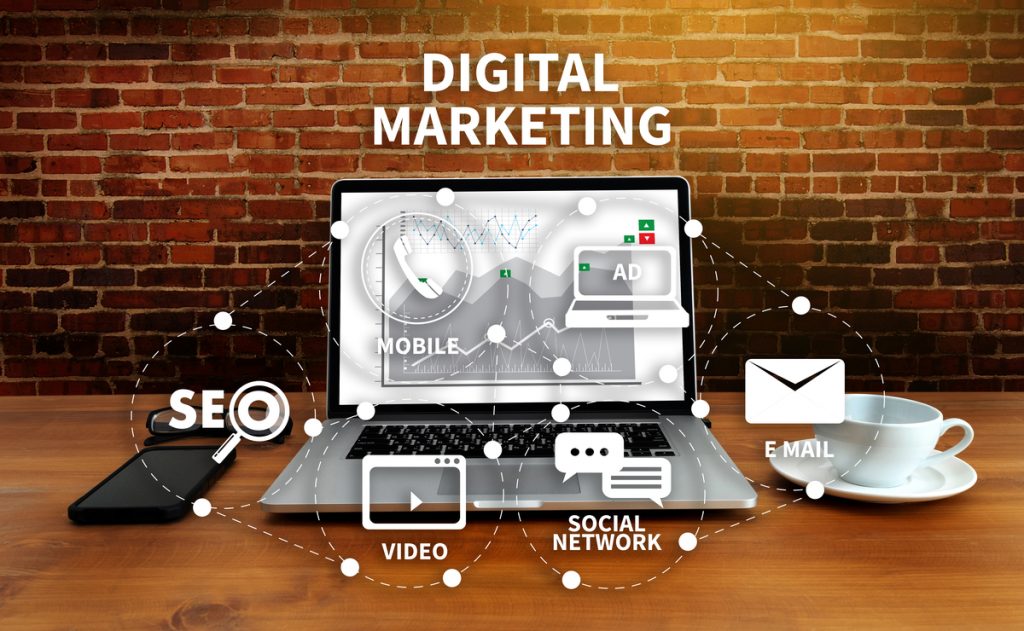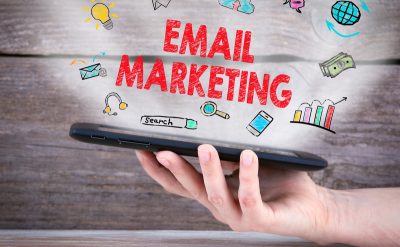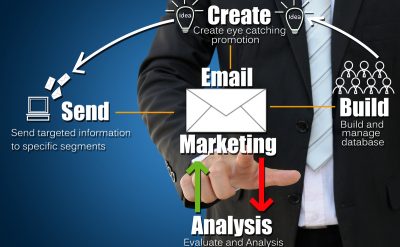Introduction
It is time to break down stereotypes associated with the term MarTech.
Often described as the blend of marketing and technology, we need to know, there is a lot more to the concept. With a steady rise in digital transformation, the way businesses and marketers look at marketing has changed completely. And this is why the essence of MarTech comes into existence.
MarTech: There’s a twist in the tale
So, let’s get back to the root question. What is MarTech?
MarTech is nothing but when marketing and technology come together to help automate marketing processes and aggregate data to make the most of it. Not just this, but it offers businesses a wide scope to understand the entire customer journey, right from the first touch to the last.
Additionally, the role of MarTech goes way beyond and helps businesses visually represent and categorize all the different types of marketing technologies utilized in the company under the MarTech stack and makes it easier to identify where things are integrated into the system and where there are loopholes. Well, it does not end here. As MarTech looks at the complete customer journey, it eases the process of creating more strategic and tailor-made campaigns that share the right message at the right time.
Here are a few companies that have made fabulous use of the booming technology and hence are able to create a one-on-one relationship with their customers.
- Uber
- Dollar Shave Club
- Airbnb and more
Well, isn’t this interesting?
So, let’s move ahead and get to know more about this versatile, agile, and highly rewarding concept called “MarTech.”
What are the benefits of MarTech?
While the term no more is unknown to our ears, marketers have been consistently using the technology to deliver relevant information to the audience. However, MarTech also helps to:
Do more and more rapidly
The use of this advanced marketing solution helps businesses save time by streamlining workflows with the help of automated tools. In a gist, the technology eliminates manual efforts for repetitive tasks such as data extraction, conversion of file formats, and leaves a lot of room for creativity and innovation.
Better internal communication
Recognized as an excellent platform to communicate openly about various aspects such as project goals, status, this marketing solution opens opportunities for better tracking that offers transparency in the team and expedites progress.
Produce smarter content
This aspect of the technology helps businesses build a better connection with the audience by making the audience feel that you completely understand their needs by making optimum use of data and insights to map performance, enhance experiences, and deliver content that can make an impact.
What is a MarTech stack?
In simple terms, a MarTech stack is a comprehensive approach toward the list of marketing tools a company uses. Basically, the term refers to the way these tools are organized to achieve success by working together with an aim to make things simpler and more manageable for marketing teams.
Technically, a MarTech stack is built with handpicked software systems that complement the marketing needs of an enterprise. For example, if the basic advertising model of your company consists of advertising via emails, Mailchimp could be an option to consider.
What are the popular tools used for MarTech?
As marketers, we are always worried about assembling the right marketing tactics that will help us meet the ultimate goal. So be it in terms of CRM, SEO, organic, or email marketing—whatever suits your needs the best, becomes the marketing mix. And once we are settled on this, the next steps include seizing the right tools from the growing number of MarTech solutions to choose from that further become our MarTech stack.
For example, if your company focuses on email marketing, social media, and CRM, your MarTech stack could look like the following:
- Email Marketing: Constant Contact or GetResponse
- Social media: Hootsuite or Brandwatch
- CRM: HubSpot or Salesforce
Well, there is much more to the list. Let’s find out more right here.
Here are the top 5 MarTech tools to consider in 2020 to make life easier for the marketers:
1. Salesforce
Salesforce tops the list. And here is the reason why?
Managing customer relations is not an easy job. And since customer relations play a crucial role in business growth, it is worth paying extra attention to.
Believe it or not, but it is a much less expensive task to keep an existing customer rather than to sell to a new one.
Activities such as upselling, cross-selling, and reselling become easier because your customer already knows about the brand. But that does not mean they will stick around forever. But the only thing to hold these customers and keep going is by being able to value and nurture the customer relationship.
And with Salesforce stealing the show in the CRM genre comes with a set of solid reasons.
- The freedom to customize your CRM (that has been rigorously tested for over two decades)
- And next is its ability to integrate with almost every use case with the help of AppExchange that is second to none.
2. Lucidpress
If you are a company with a team of excellent writers, it is time to cash on their expertise. Now the million-dollar question is, how can you do this without hampering the business logo and messing up the brand colors. And the answer to this is “LUCIDPRESS.”
Lucidpress is a platform that complements the creativity, knowledge, and talent of business content writers and allows you to take skillfully created content pieces to be added into a library that you can have complete control over.
Recognized as a brand templating platform, Lucidpress empowers businesses to make a lasting impression with on-brand content and makes a difference by creating stunning and professional quality print and digital media material. And the best part about this platform is that it can be used by anyone (even without professional design training). The enriched library of templates makes your job easier as it provides users with several options to simplify the design process and produce creative and interactive material right from flyers to digital magazine collateral.
3. Hootsuite
Social media no more is just used to kill free time. Recognized as an interactive platform by businesses, social media helps enterprises with a variety of perks such as increased brand awareness, increased traffic, improved SEO, better conversion rate, and so on.
Statistically speaking, a single person has an average of about seven different social media accounts. Now that’s interesting!
And since this opens a wide array of opportunities, these platforms play a vital role in reaching out to new customers with the help of multiple strategies.
But imagine, posting, commenting, liking, and engaging on all seven platforms with a never-ending list of customers can be a tedious job! So, what better than Hootsuite.
To seize opportunities from social media, Hootsuite is the right place to manage all your social media in one place. Right from finding the right prospect to serving customers, Hootsuite, definitely, is the go-to- tool.
4. Google AdWords
We agree that retaining and maintain existing customers is essential, but if you are looking forward to business growth and expansion, reaching out to a newer set of customers becomes inevitable. And what better than advertising on AdWords.
Despite the growing popularity of Facebook, Google AdWords still happens to be one of the widely used tools for digital advertising all over the world.
5. Crazy Egg
Well, I quite like this name Crazy Egg. And not further deviating from the topic, it is essential to understand that every marketer feels that they know their customers well in terms of their wants, needs, and pain points. But how true is that?
In fact, when it is the time of driving sales, every marketer needs to have an answer to the following –
Did the user love or hate your site, and how was his overall experience?
I am sure unless you use this weirdly named tool called Crazy Egg, you won’t know.
Known as a heatmapping tool, Crazy Egg provides an X-ray vision of how visitors are interacting on a website. Being the primary player in this space, it still maintains the number one position for the following, with a few, but compelling reasons.
- Crazy Egg offers you to get an idea about the part of your website that users are clicking the most on
- Where exactly are they spending most of their time
- Areas that are being completely ignored
Bonus takeaways
MarTech offers business tools to analyze data, plan automation, and increase workflows to elevate marketing efforts. It also allows businesses opportunities to implement new strategies and amend any flaws in the current system for improved results.
However, often when we deal with the larger picture, we tend to deviate from minor details that are highly essential to make anything work.
So, when you want MarTech to work for the benefit of your business, do not forget to:
- Find the right talent
- Find the right vendor
- Find the right tool/software
- Give customers what they expect
- Adopt a customer mindset
- Add complimentary strengths to the team
- Watch for trends
- Include the latest technology (but wisely)














